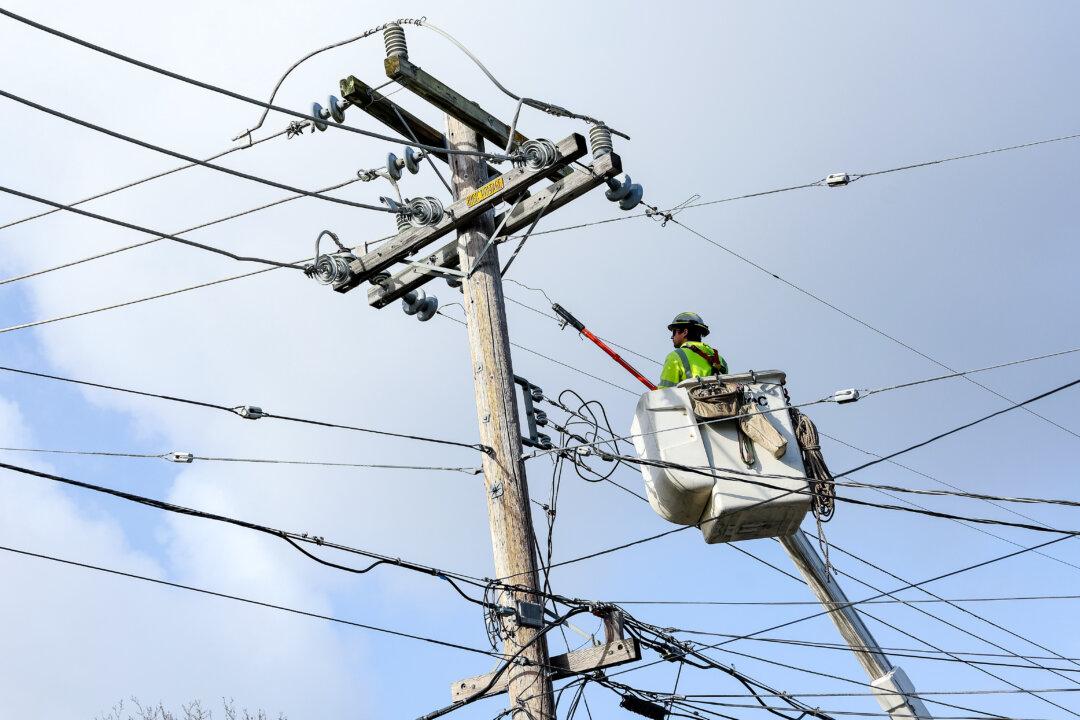Regulators with California’s Public Utility Commission (CPUC) approved rate hikes for three of the largest utility companies in the state on Dec. 19, with higher prices expected starting next year for ratepayers who already see bills that are almost double the national average.
The utility commission granted Pacific Gas and Electric (PG&E)—the largest energy provider in the state, supplying nearly 16 million Californians—its fifth and sixth rate hikes of 2024.





